Part 9: 2840-2860-Si Vis Pacem, Para Bellum
Si Vis Pacem, Para BellumThe Conservatives win the 2840 elections on the strength of their promise to improve the security situation, and they set to this mandate with vigor and efficiency. Earth and Mars savor the luxuries provided by Bhargava Positronics, but gear up heavy industry for the strength of the United Republic. In only two years, the RNS Alert is commissioned and dispatched to join the RNS Vigilant on station around Hut, while the industrial force of Mars works furiously at a new naval base there. In 2844 Nieuw Vlaanderen, too, begins construction on naval fortifications and shipyards in orbit.
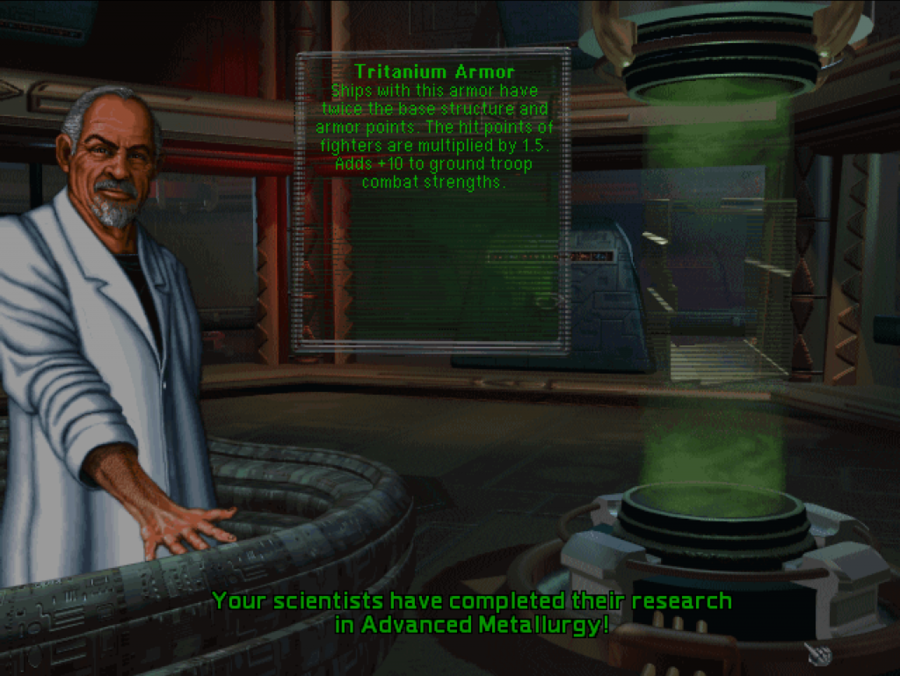
It is in that year that Isozaki Heavy Industries claims the patent on a new alloy of titanium, tungsten, and assorted trace metals, denser than the current standard titanium alloy armor material but slightly more than twice as strong per weight. Isozaki Metal rapidly becomes a standard in new construction, and is incorporated into vehicles and personal armor for surface troops as well as building framing, new commercial ships, and more.

Continued gunnery exercises, simulated wargames, and study of surface tactics have now paid off for the combat-readiness of the Republican Star Navy officer corps. Captain Nestor Bragg, an acknowledged expert in gunnery tactics is sent to take command of the Vigilant in 2849 with his hand-picked staff of officers from the naval academy; his efficiency ratings lead many to expect great things of him should a shooting war ever erupt.
Ordnance boosts maximum damage potential on Nhagg's ship, Weaponry boosts targeting accuracy, and Commando grants a bonus to any surface actions in his system, allowing him to lead invasion forces effectively, as well as helping make his ship hit hard and accurately.
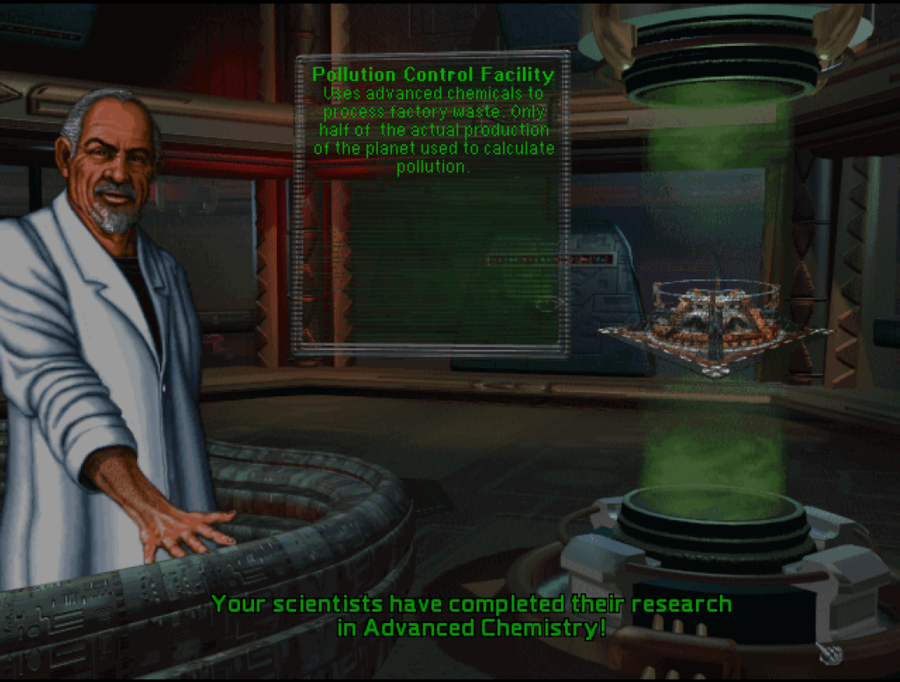
In 2850, the Great Salt Lake Chemicals Corporation unveils designs for processing plants that harmlessly decompose many hazardous materials produced by industrial efforts, and begins licensing construction of these facilities to various companies across Earth and Mars. Within a year, treatment by these processing plants has greatly reduced the volume of hazardous waste that must then be disposed of, easing environmental pressures from the intensive heavy industry in-system.
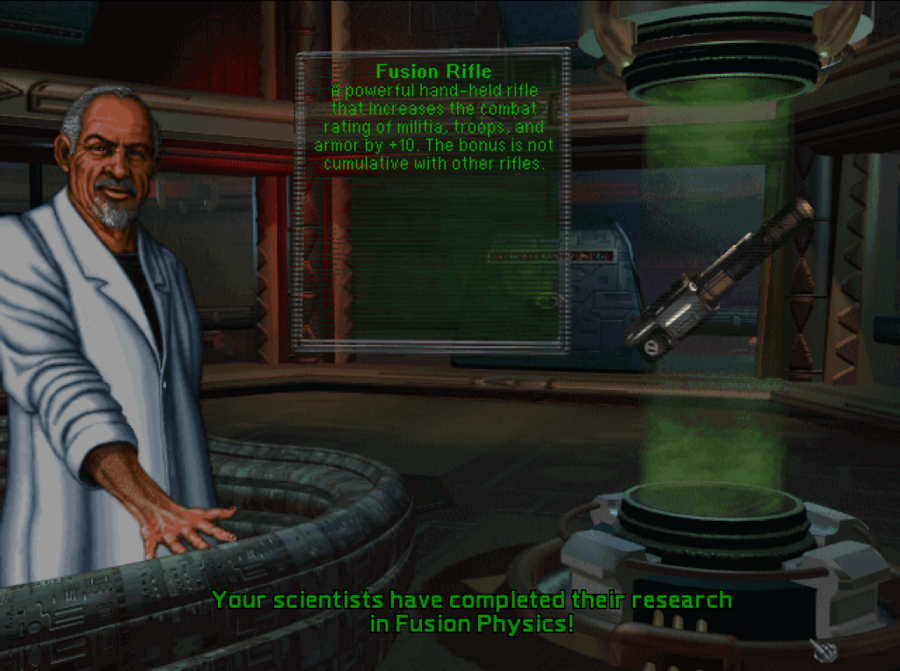
The Bauer-Faust Group unveils designs for a series of rail rifles and rail cannons suitable for surface military use in 2852. Rail weaponry from Bauer-Faust or other companies building on these breakthroughs become the standard for personal and vehicle weaponry in the United Republic.
When running a game with a kinetics focus for space weaponry, if I've already researched Mass Driver, I like to gloss Fusion Rifle as a rail rifle rather than the charged particle (presumably electron) stream it's normally supposed to be.
In 2855, Mars finally completes the Mars Naval Orbital Station, which now can serve as a nerve center for further logistics operations, communications, and command staff for the Republican Star Navy. Martian shipyards begin work on more commercial shipping capacity, while recruits and facilities begin to be assembled for a surface force command on Mars.
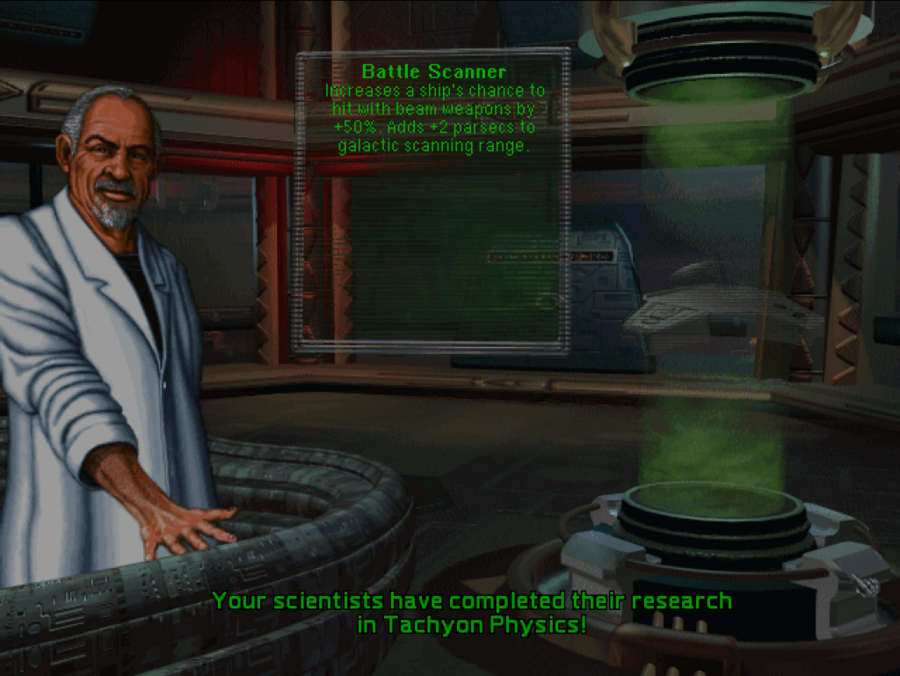
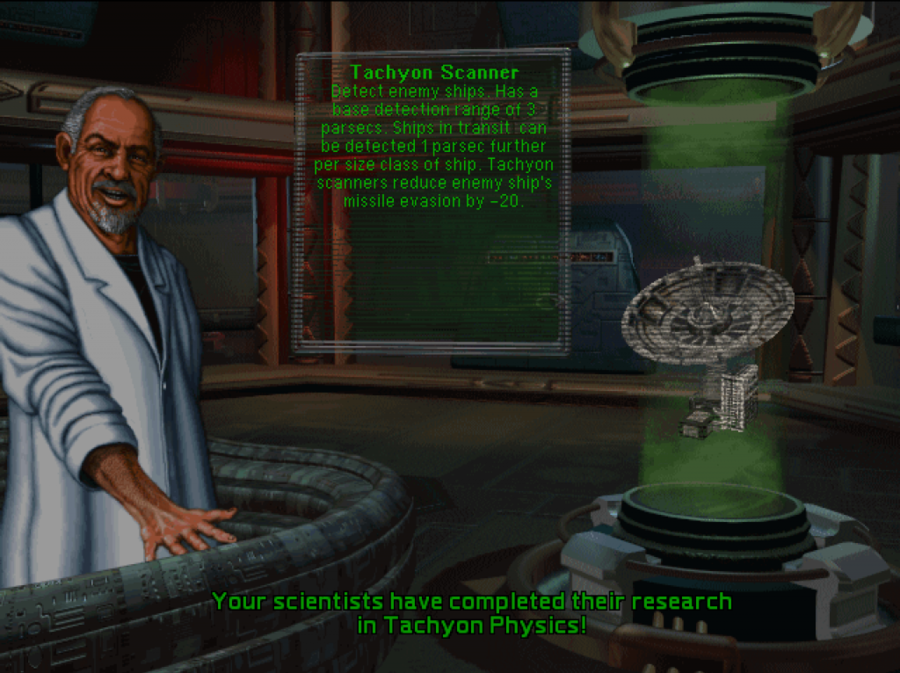
A year after the naval base goes online, Objective Infosystems unveils a new suite of analysis equipment and algorithms designed to work in tandem with oversized, high power draw active sensor arrays on combat vessels, allowing much more accurate and detailed views of combat zones and greater sensitivity to faint sensor returns. Although the Navy is eager to incorporate this innovation and frames of Isozaki Metal into the Vigilant and Alert, they believe that the compromises in armament that would result call for postponement of refit until a new, more efficient generation of naval coilguns can be designed.
If you already traded for technology at a given tier before researching that tier, you'll get the scientist giving his report on what you have just researched as well as the technology you traded for earlier. We have had Tachyon Scanners for a while, but we only now have researched Tachyon Physics.
In 2857, a colony fleet is dispatched from Earth to make its way to the Vij system, as the people, equipment, and ships for the mission have finally been assembled. A year later, the Nieuw Vlaanderen Naval Orbital Station is completed, and New Greenland begins work on its own orbital fortifications.
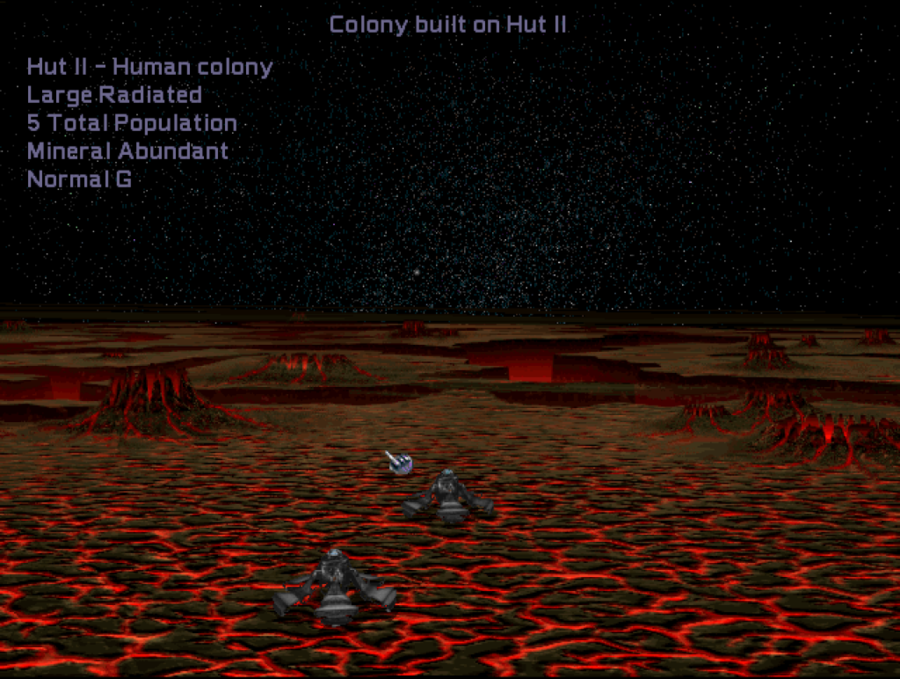
It is only two years after the completion of the Nieuw Vlaanderen Naval Orbital Station, in 2860, that emigrants from Earth, Mars, and Nieuw Vlaanderen formally establish a colony on the Anvil, marking the sixth world of the United Republic. With the more attractive worlds around Weg now all colonised, Humanity must look farther afield for new opportunities. There is surely a great deal more space to grow into.
The United Republic in 2860
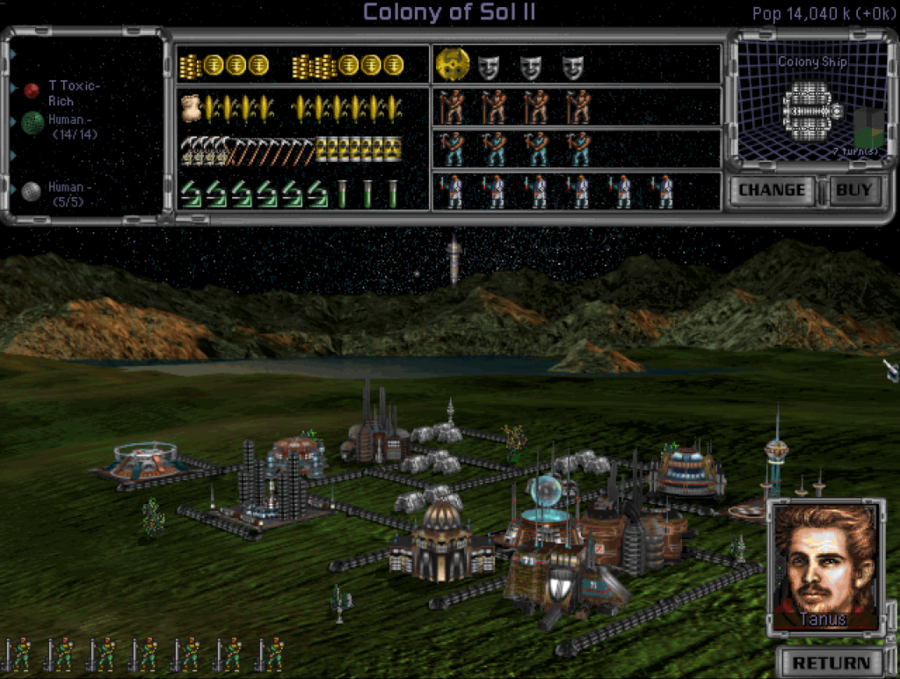
Consumer positronics have penetrated through all levels of society on Earth, giving ordinary people powerful productivity and artistic tools, and providing for a boom in entertainment. Holographic imaging has replaced old flat displays in movies and personal computers, helping the analysis of three-dimensional problems and making entertainment more immersive. Heavy industry has grown in importance even as improved efficiencies have helped to shrink the agricultural sector. Earth remains deeply civilised, prosperous, and happy. New colonists from Earth and Mars assemble for a planned mission to the Sagan system, the ships of the colony fleet and the seed equipment being built at a furious pace.
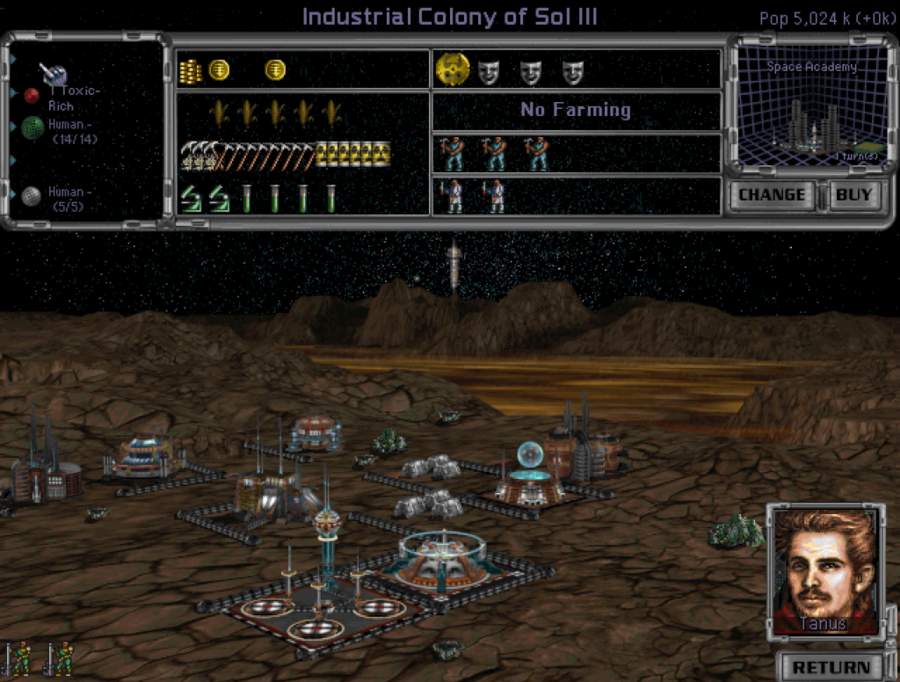
Mars benefits from the same advances and prosperity that Earth enjoys, suffering only from the need for sealed-environment cities. Ironically, the growth of heavy industry over the last twenty years means that Mars still produces almost as much waste for disposal as it did before waste processing plants were established there. A naval academy is currently being planned for its orbital station.
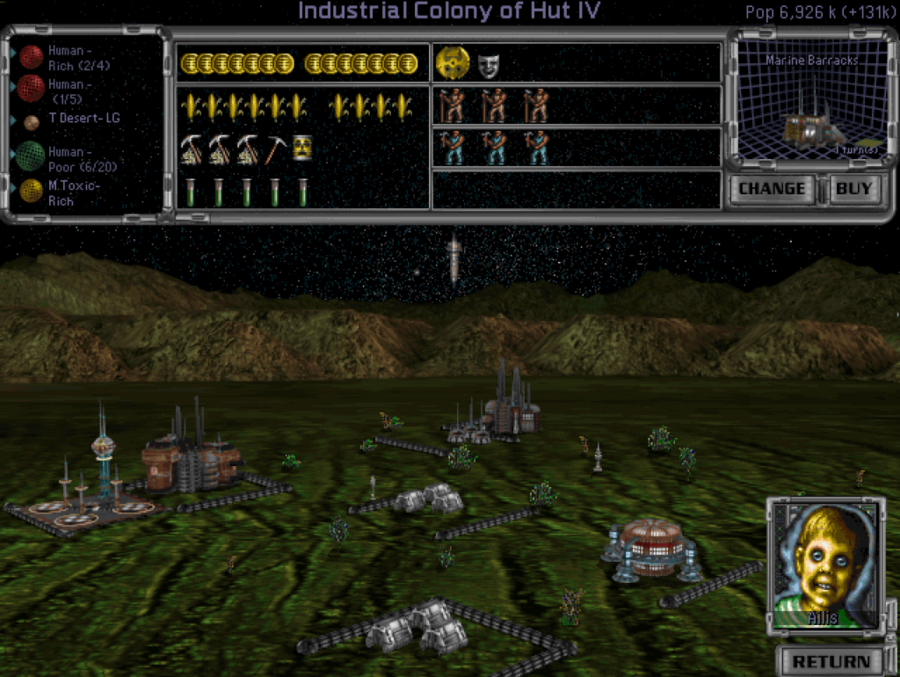
Nieuw Vlaanderen prospers as a breadbasket for the Hut system and as an important industrial and trade hub. Although it lags somewhat behind the development of Earth or Mars, it has widespread development, an agricultural sector now up to modern standards, a key position in the Republic, and a great deal more room for its over six billion inhabitants to grow. Its technology sector is, perhaps, languishing, but current policies reward other activities more, and the inhabitants of Nieuw Vlaanderen largely do not regret the loss. Uptake of consumer positronics has been slow up to this point, shifted aside by other priorities.

The Forge has finished deploying Puppeteer technology and is working to develop fortifications to protect it in the event of any breakdown of the peace. The economy is almost entirely devoted to supporting local mining and heavy industrial operations, and the demands on parts and skilled personnel make life harsher than it might otherwise be for the two billion inhabitants of the Forge.
The dimmed coin shows that the Forge costs one more BC to upkeep than it produces locally. I tend to assume such conditions can be rough on the locals, showing in the hours and the rate of breakdowns.
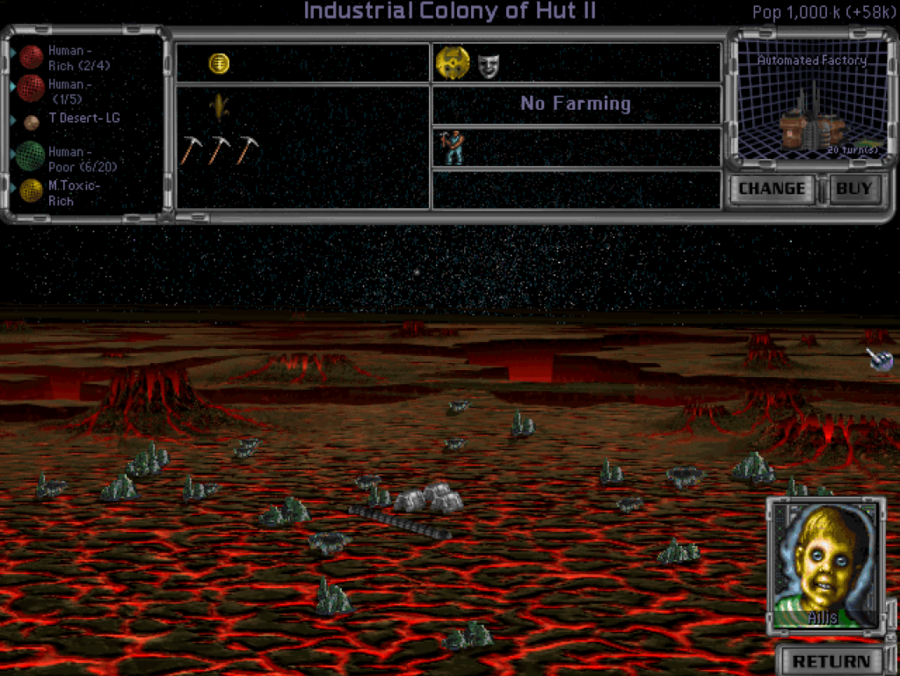
The Anvil has only barely been colonised, and conditions are still simple and primitive by Republican standards. Mining and fabrication of industrial sites has just begun.
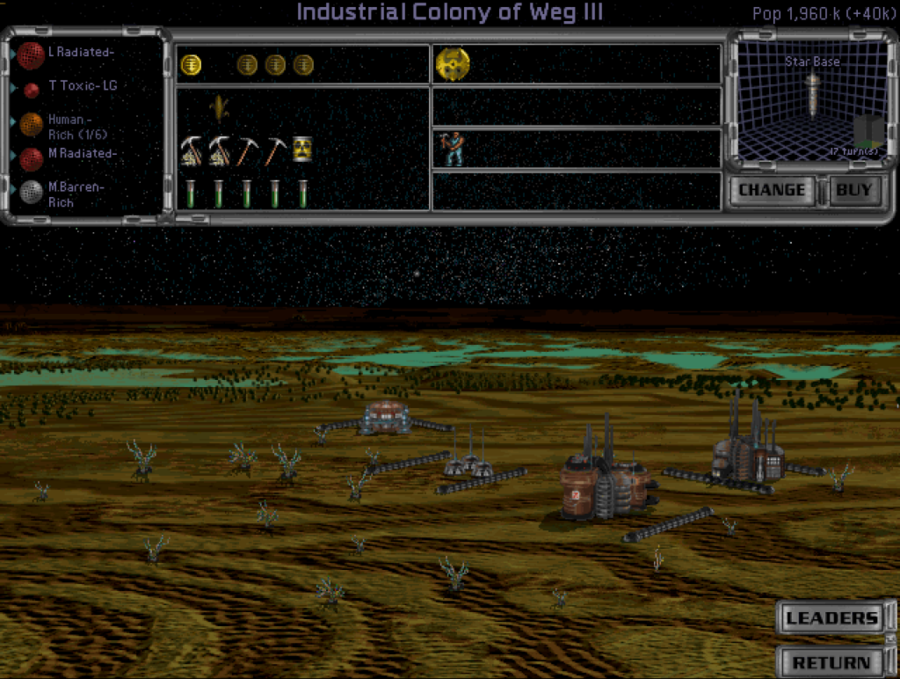
New Greenland has enjoyed investment in laboratories studying the local ecology, a basic tech industry, and Puppeteer technology, but the local population strains to keep up with demands. Hours of overtime are the rule, and minor breakdowns are near-constant. The average New Greenlander is very, very stressed, at the moment.
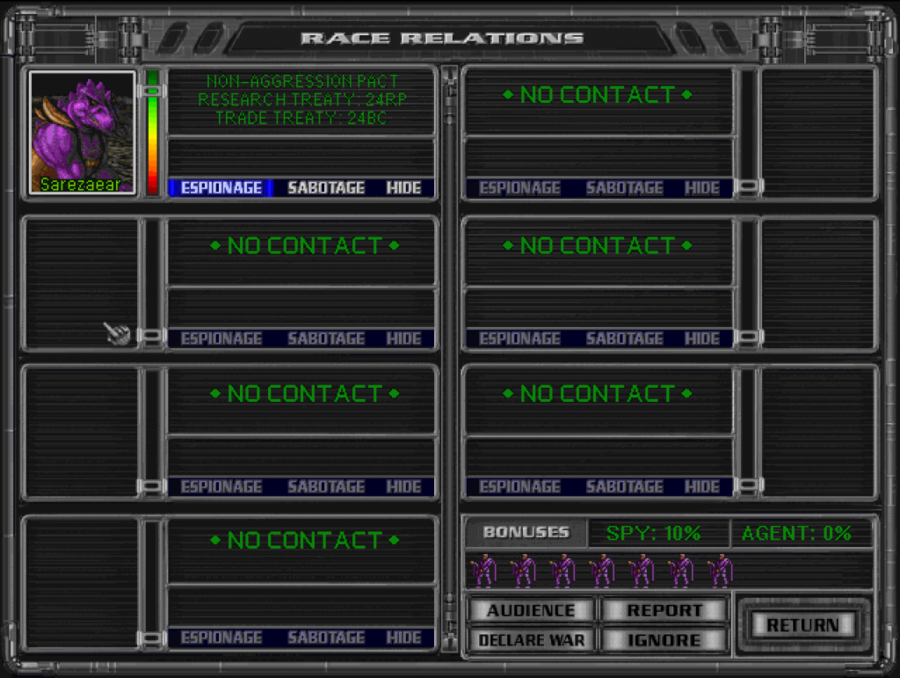
The trade between the Nations and the United Republic continues to prosper. Chorgk, the leader of a prosperous Lineage involved in trade, has begun to open a chain of Sakkra-style restaurants across Nieuw Vlaanderen, Earth, and Mars. Thin-cut slices of rather unusual meats ('tastes a bit like mutton', say some of the most common meat used by Sakkra cooks) glazed in complex and spicy sauces are amongst the most popular dishes. There is a tiny trickle of immigration of Sakkra to the United Republic, but the need to arrange compensation and agreement with the Lineage of immigrants, and the Lineage their Lineage is subject to, keeps this minimal.
In the Nations, consumer positronics and personal rail weaponry are high-value items fetching high prices from Lords and heads of other high-status Lineages. The Republican government requires the installation of charges to melt the innards of exported rail weapons in the event of tampering, and keeps an eye on the volume of exports to ensure weapons exports do not go high enough to equip full-scale military units.
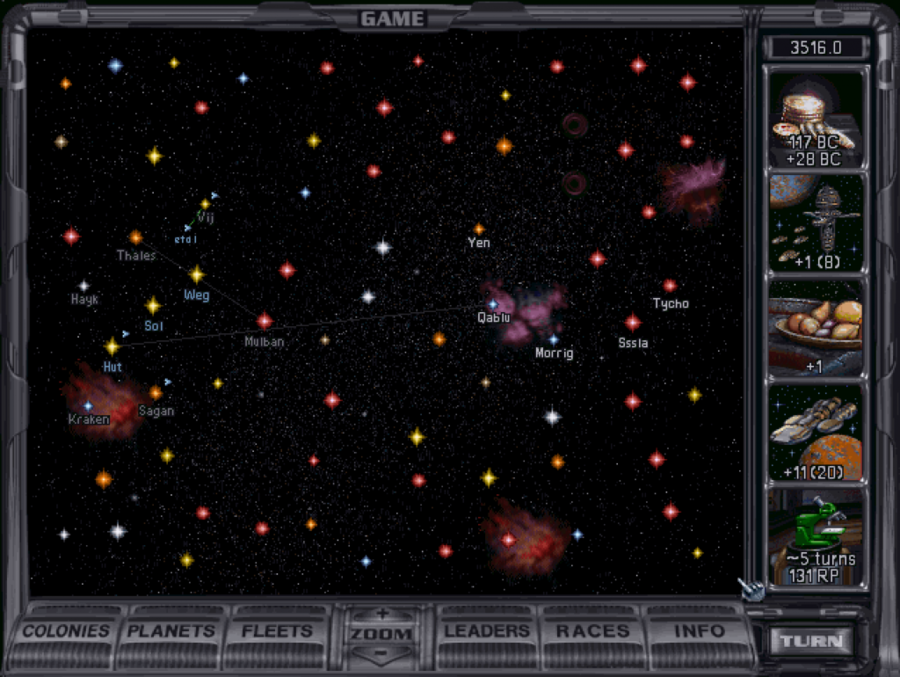
Within a year, Humanity should spread to its fourth star system. The growth in commercial shipbuilding has kept pace with the expansion of demand for commercial shipping, and the logistic base is in place to simultaneously support the Navy, the Exploratory Corps, and new colonisation missions, as things stand. The economy remains healthy, even with expanded military outlays.
Now is the time of decision.
The Conservatives want to continue on the program of fortification and development of a logistics base, refine coilgun technology in preparation for refits of the Vigilant and Alert, and look into sponsoring a new generation of starship drives, before sponsoring further research into waste processing technologies. Industrial focus will continue to fund new colonial ventures as identified by the Exploratory Corps, and develop those worlds that have been acceptably fortified.
The Social Democrats want to drop the programs of fortification and military development for now, and establish population subsidies on the outlying colony worlds while sending colony missions out to new worlds from Sol as promising candidates are scouted. Research into medical technology and study of xenobiological information to deepen knowledge of ecologies as a general class are also desired, as is strengthening RCSPS to a total staffing of 100,000 to ensure Republican counter-espionage efforts cannot be penetrated.
The Liberals want to cut the usual programs of industrial subsidies, once again letting more research blossom. They want to stop the current program of military buildup, let civilian investment work on developing the economies of the colonies and relieve the pressure on those colonies currently overdeveloped, ensure that trade rules remain simple and rational, and permit the launching of civilian-funded colonial missions. Research into xenology, advanced economics, and medicine is expected from civilian investment in research.